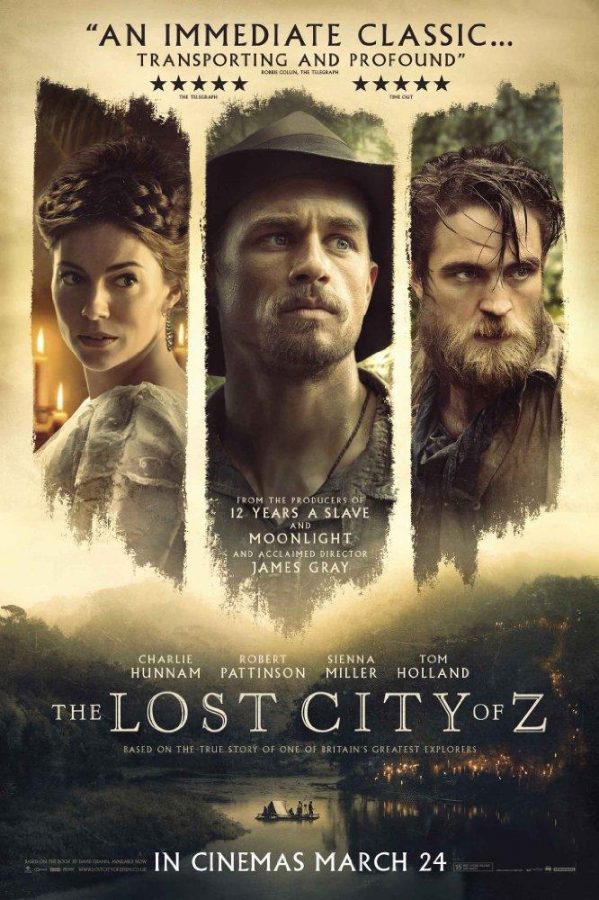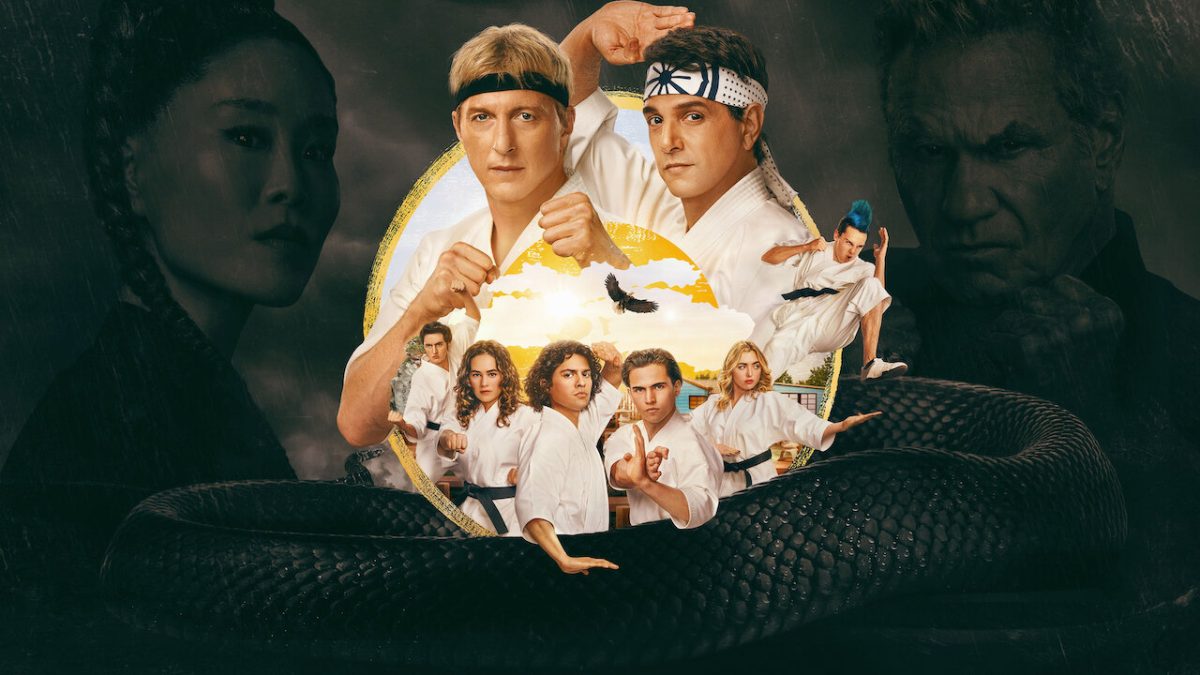Dusting off historical tales not well known by the general public and translating them onto the big screen is a wildly popular cinematic trend that offers a fresh alternative to the overpopulation of nostalgia heavy sequels and redos. Director and screenplay writer James Gray offers his audience a unique historical gem in his visually captivating adventure film “Lost City of Z.”
In the 1920s, Percival Fawcett (Charlie Hunnam), a British soldier with an expertise in mapmaking, is presented with an opportunity to embark on a journey to map the uncharted territory within the Amazon River and jungle. Fawcett is joined on his voyage by crew members Arthur Manley (Edward Ashley) and Henry Costin (Robert Pattinson).
After venturing through the perilous obstacles on the course of the Amazon River, the crew happens upon the ruins of an old civilization. The ancient antiques found on the site were far more advanced than what anyone thought could be created at such an early time in the world.
Upon the adventurers’ return, they are met with heavy ridicule and doubt when presenting their evidence and ideas of the lost city. Throughout the film (amidst his multiple returns and advances made toward proving the city’s existence), Fawcett continuously claims his journeys are backed by his desire to open people’s minds and show them that the Amazonians, inaccurately referred to as “savages,” are wildly intelligent people.
Charlie Hunnam, known for his role as Jackson Teller in “Sons of Anarchy,” superbly embodies Percy. The role was originally given to Brad Pitt, but due to scheduling conflicts it was passed down to Hunnam, who ended up blending flawlessly into the chemistry of the film.
Since gaining fame for his role as Edward Cullen in the “Twilight” saga, Robert Pattinson has acquired a knack for dramatic acting through multiple roles in independent films, and his experience immensely aided him in his role as explorer Henry Costin.
Another major noteworthy performance in the film was by Sienna Miller, known for her roles in films like “Foxcatcher” and “Stardust.” Miller plays the highly intelligent Nina Fawcett, wife of Percy, who struggles with being restricted by the rigid gender norms set by society in the 20s.
The film’s representation of Percy Fawcett recently came under some scrutiny when historians pointed out the fallacies and misinterpretations between his real-life character and on-screen persona. Director and screenplay writer James Gray’s defense to the controversy was that he never claimed the picture to be a documentary or entirely factual.The controversy sparked conversation on whether filmmakers have a responsibility to duplicate a historic story wholeheartedly to the screen or whether it is ethical to fudge the truth when cinematic aesthetic is at stake.
Pushing aside the controversy towards the film’s historical accuracy and looking simply at the quality of the film, Gray does a splendid job at translating author David Grann’s novel of the same name into a thoughtful film. Overall, “The Lost City of Z” transports its viewers into the deep Amazonian jungle alongside Fawcett and his crew in this dramatic quest to squash close mindedness while achieving a personal spiritual fulfillment.















